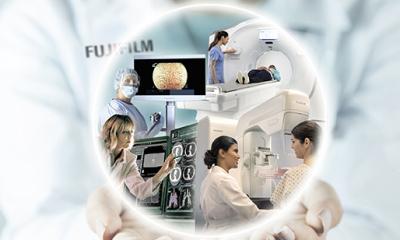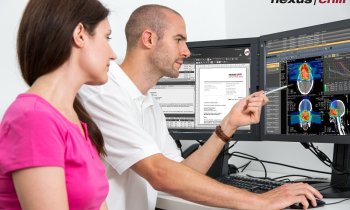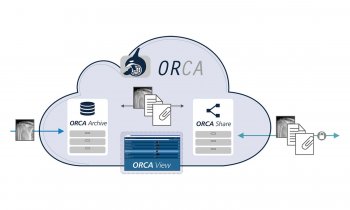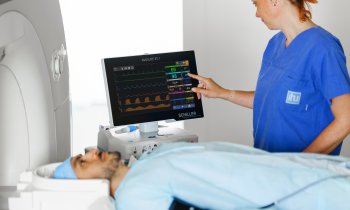Article • Gender equality
Have women's career chances improved in radiology?
The role of women in radiology and the challenges they face were again the focus of a session — Women in Radiology: How to maximise their potential — at this year's ECR, when female and male radiologists discussed their work experiences and combining home and family life with demanding careers. A forum also discussed the family friendly approaches in various countries.
Report: Mark Nicholls
Chaired by Professor Malgorzata Szczerbo-Trojanowska, chairman of the Department of Radiology, University Medical School in Lublin, Poland, presentations included:
- Family friendly work patterns
- Can you be a good parent and a good academic radiologist?
- Changing demographics in Europe
- Combining life as a radiologist with bringing up children
- A male radiologist’s perspective.
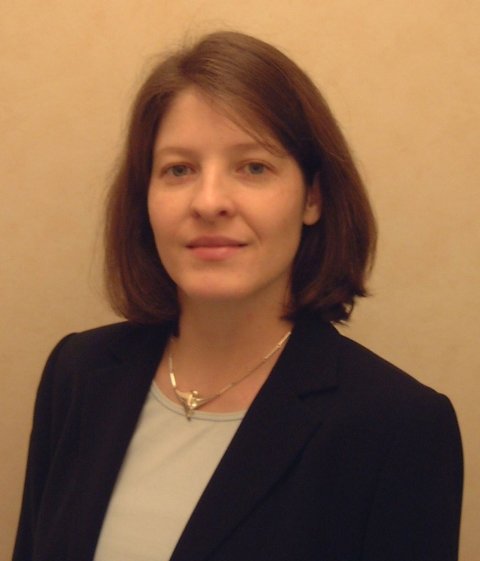
Associate Professor Isabella Björkman-Burtscher, Head of the Department of Radiology at Lund University, Sweden, and Professor Majda Thurnher, Associate Professor of Radiology at the Department of Radiology, Medical University of Vienna, presented their individual perspectives.
Posing the question Can you be a good parent and a good academic radiologist? Isabella Björkman-Burtscher says her focus is on the ‘leaking pipeline’ through which women are lost from the academic career track. ‘We have a high percentage of first year med students and post-grads, but a smaller number of women in the higher career sectors,’ she explained, pointing to attitude problems; career track problems; and family life issues. ‘Literature describes a difference in commitment between men and women, and a male attitude of thinking women do not have what it takes to be a top achiever. There is also a female attitude problem – women are described to have more self doubt, less confidence, and they do not push as much and society expects women to put family ahead of career.’
Women set out on the academic career path in radiology later than men, take longer to climb, have greater administrative commitments, which leaves less time for research, and they experience greater difficulty in obtaining funding. ‘People may think women may get pregnant and not complete their research. It is easier to get funding if you are male,’ she pointed out.
Recommended article

Video • 'Women in Focus' at ECR
Getting to the top, staying feminine
Women continue to lead a rather marginal existence in medicine. Although there are now more female than male medical students, professorships and directorships are almost exclusively held by men. This imbalance was addressed with the lecture series ‘Women in Focus’ at the 2019 European Congress of Radiology (ECR).
Prof Björkman-Burtscher, 39, and husband Anders, a hand surgeon, have two children, aged four and two years. She works full time (40 hours a week), with her children in day-care – provided by the Swedish government for 100 euros a month per child — between 9am-4pm. Out of those hours, childcare is split 50/50 with Anders. ‘A schedule like that requires discipline,’ she said, ‘and many hours of housekeeping and administration/research at night. I spend as much time as possible with my children in the evenings and on weekends and try to minimise the time I spend abroad.’
The possibilities provided by many employers in Sweden should be offered on a more common basis throughout Europe
Isabella Björkman-Burtscher
In Sweden, combining parenthood and a career in radiology depends upon the family situation, though there is a generous 480-day maternity leave and the position is easier with a supportive employer and partner, she continued. The challenges are also similar for male colleagues wanting to participate in childcare in a significant way.
Within her department, flexible working hours, part time employment and the availability of teleradiology for senior staff on call, all help with childcare. ‘The possibilities provided by many employers in Sweden should be offered on a more common basis throughout Europe. There are some differences from hospital to hospital, but they are not large. However, there are huge differences from country to country.’ A woman can be a good parent and good academic radiologist, she believes, but moves are needed to accommodate the different career styles of men and women and an acknowledgement of the need for greater flexibility. The professor hopes her session will raise awareness of the challenges women radiologists encounter in their field and at home.
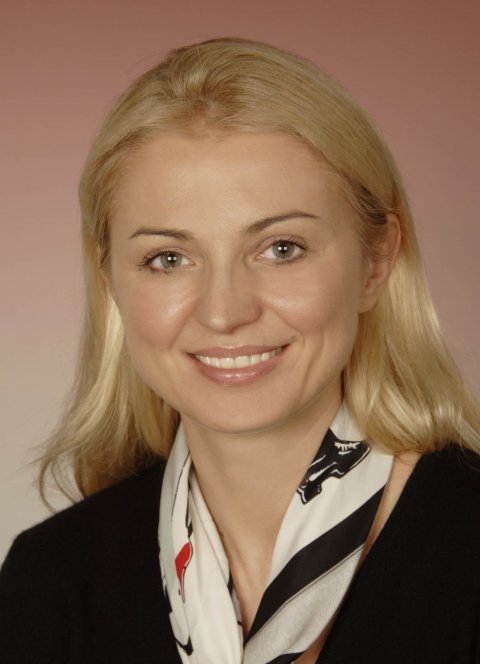
Focusing on Changing demographics in Europe: A sneak preview of the future, Professor Majda Thurnher examined how the percentage of female radiologists has changed in recent years and current numbers in European countries. Aged 43, and with a 10-year-old son, she claims not to have experienced any gender-related difficulties in her role as a diagnostic neuroradiologist, and adds that the challenges of combining parenthood and a career in radiology are no different than in other medical fields. ‘The major burden for family happiness is night calls, travelling for meetings and working at home on weekends preparing the lectures. The challenge is to be “everywhere at the same time”: at the school Christmas party where your child is performing, while you should be on the plane to the USA to present novel results; while you should work on the book chapter that was supposed to be finished last month; and help your residents with abstract with the deadline of “tomorrow”.’
She does note the tendency to be more judgmental of working women than working men: ‘Society would still blame a working mother for not being at her child’s school party, but have more understanding for a “hard” working father who just couldn’t make it.’ Prof Thurnher has a simple formula to combine work and child rearing: ‘When I work, I’m resting from being mother; when I’m at home helping my son with homework, I rest from work and radiology. It’s my personal formula to be happy wherever I am, and it works!’
01.03.2009



